Home>Garden Essentials>How Long For Sheep Fescue To Germinate
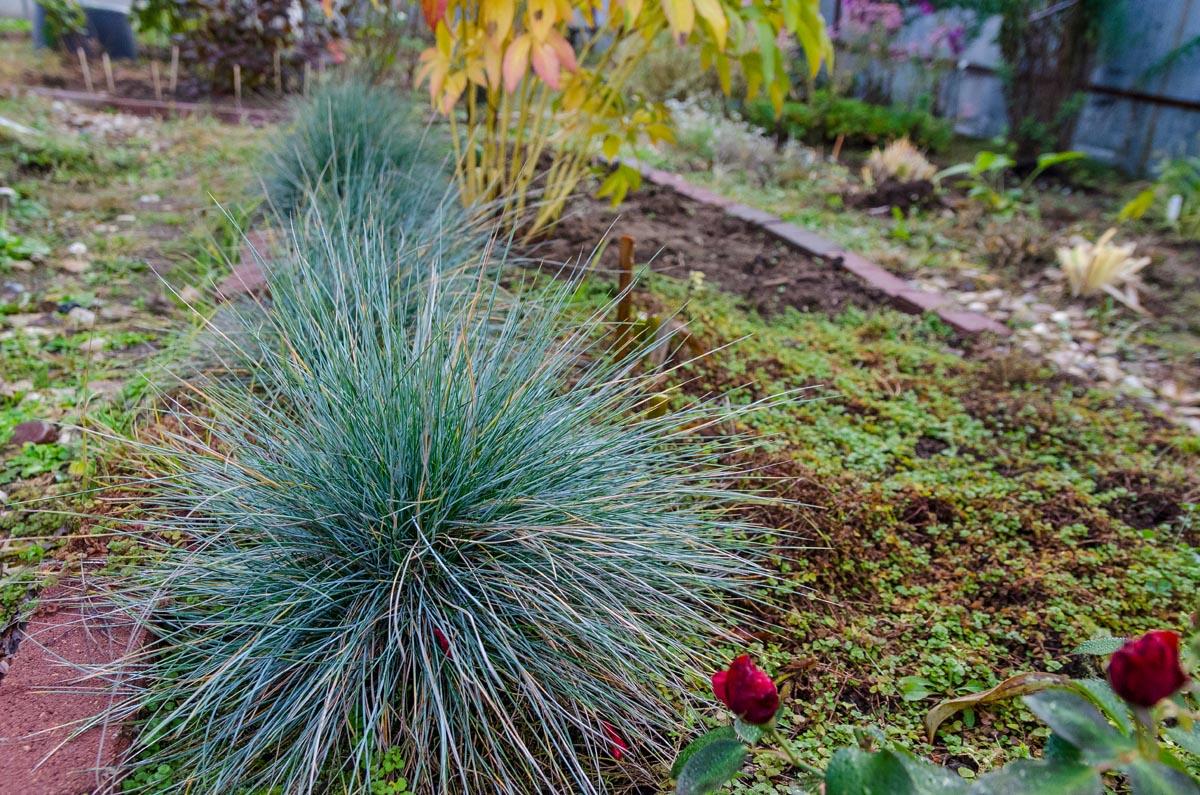

Garden Essentials
How Long For Sheep Fescue To Germinate
Modified: March 16, 2024
Discover how long it takes for sheep fescue to germinate in your garden. Learn expert tips for successful growth and find out the best practices to enhance germination results.
(Many of the links in this article redirect to a specific reviewed product. Your purchase of these products through affiliate links helps to generate commission for Storables.com, at no extra cost. Learn more)
Introduction
Welcome to the world of gardening, where the beauty of nature is nurtured and cultivated. If you have a green thumb or simply adore the lushness of a garden, you might be familiar with the importance of germination. Germination is the process by which a seed sprouts and begins to grow into a plant. In this article, we will specifically delve into the germination of sheep fescue, a popular grass species known for its resilience and versatility.
Sheep fescue, also known as Festuca ovina, is a cool-season grass that thrives in a wide range of conditions. It is often used for landscaping, erosion control, and as a forage grass for livestock. But before we can enjoy these benefits, we must understand the factors that influence the germination of sheep fescue and the techniques we can employ to ensure successful germination.
Whether you are starting a new lawn or reseeding bare spots, knowing how long it takes for sheep fescue to germinate is essential for planning and achieving desired results. So, let’s dig in and explore the fascinating world of sheep fescue germination.
Key Takeaways:
- Patience is key when germinating sheep fescue, taking around 7 to 20 days. Consistent care, optimal conditions, and techniques like scarification and pre-soaking can enhance the process.
- Factors like temperature, moisture, soil quality, and seed viability influence sheep fescue germination. Overcoming challenges such as poor seed quality and inadequate moisture is crucial for success.
Read more: How Long For Fescue Grass Seed To Germinate
Factors Affecting Sheep Fescue Germination
Several factors play a crucial role in the germination of sheep fescue. Understanding these factors can help you create the optimal conditions for germination and improve the success rate of your sowing efforts.
- Temperature: Sheep fescue is a cool-season grass that prefers moderate temperatures for germination. The ideal temperature range for germination lies between 50 to 65 degrees Fahrenheit (10 to 18 degrees Celsius). Extreme heat or cold can impede germination, so it’s best to sow sheep fescue during spring or fall when temperatures are mild.
- Moisture: Adequate moisture is essential for the germination of sheep fescue seeds. When sowing, make sure the soil is slightly moist but not waterlogged. Avoid allowing the soil to dry out during the germination period, as this can hinder the growth of the seedlings. Consistent, gentle watering is key to promoting successful germination.
- Soil Quality: Sheep fescue prefers well-draining soil with a pH range of 5.5 to 7.5. Before sowing, it’s advisable to amend the soil with organic matter such as compost to improve its structure and fertility. Good soil preparation ensures proper air circulation and nutrient availability, enhancing the chances of successful germination.
- Light: Sheep fescue seeds are relatively tolerant to shade and can germinate under varying light conditions. However, providing some exposure to sunlight can promote faster and more robust germination. Aim for a balance between light and shade to encourage optimal growth of the seedlings.
- Seed Quality: The quality of your sheep fescue seeds significantly impacts germination. Opt for fresh, viable seeds from reputable suppliers. Before sowing, inspect the seeds for any signs of damage or degradation. Higher-quality seeds have a higher germination rate and are more likely to yield healthy, vigorous plants.
By considering these factors and making appropriate adjustments, you can create an environment conducive to the successful germination of your sheep fescue seeds. Next, let’s explore the optimal conditions necessary for promoting germination.
Optimal Conditions for Sheep Fescue Germination
Creating the optimal conditions for sheep fescue germination is crucial to ensure the highest chance of success. By providing the ideal environment, you can help the seeds sprout and grow into healthy grass plants. Here are the key conditions to focus on:
- Temperature: Sheep fescue seeds germinate best in moderate temperatures. Aim for a soil temperature between 50 to 65 degrees Fahrenheit (10 to 18 degrees Celsius) for optimal germination. You can use a soil thermometer to measure the temperature accurately.
- Moisture: Consistent and adequate moisture is essential for germination. Keep the soil slightly moist but not waterlogged. Water the area gently and regularly to maintain the moisture level. Avoid overwatering or allowing the soil to dry out, as both can hinder germination.
- Soil Preparation: Prepare the soil before sowing the sheep fescue seeds. Remove any weeds, rocks, or debris from the area. Loosen the soil using a garden fork or tiller to create a loose, crumbly texture. This helps the seeds establish strong root systems and ensures proper nutrient and water absorption.
- Seed Depth: Sheep fescue seeds are relatively small, so they should be sown at a shallow depth. Aim for a depth of approximately 1/4 inch (0.6 cm). Lightly rake the soil after sowing to cover the seeds gently.
- Light: While sheep fescue can tolerate shade, providing some exposure to sunlight promotes faster and healthier germination. Aim for partial sun or dappled shade to ensure the seeds receive adequate light without being exposed to harsh, direct sunlight.
- Patience: Germination can take time, so be patient and give the seeds sufficient time to sprout. Sheep fescue typically takes around 7 to 20 days to germinate, depending on the conditions. Continue to provide the necessary care and monitor the progress of the seedlings.
By creating these optimal conditions, you give your sheep fescue seeds the best chance to germinate and thrive. Stay vigilant and provide the necessary care as the seedlings emerge, and you’ll soon have a beautiful and healthy sheep fescue lawn.
Germination Time Frame of Sheep Fescue
Understanding the germination time frame of sheep fescue is essential for planning and managing your gardening expectations. While germination times can vary depending on various factors, including environmental conditions and seed quality, the general time frame for sheep fescue germination is typically around 7 to 20 days.
During this period, you might start to notice small green shoots emerging from the soil. These are the seedlings beginning to grow and establish themselves. It’s important to note that germination is a gradual process, and not all seeds will sprout at the same time. Some seeds may take longer to germinate than others, so it’s important to be patient and allow sufficient time for all the seeds to sprout.
If the conditions are favorable and the seeds are of good quality, you can expect to see the first signs of germination within the first week. As the days progress, more and more seedlings will emerge, filling the area with a vibrant green carpet of sheep fescue grass.
It’s worth noting that the germination time frame can vary depending on external factors. For example, if the temperature is on the cooler side or the soil is excessively dry, germination may take a bit longer. Conversely, if the conditions are particularly favorable with optimal temperature and moisture levels, germination could occur quicker.
Monitoring the germination process is important to ensure the seeds are sprouting and growing as expected. If you notice any delays or issues with germination, it’s essential to assess the conditions and make any necessary adjustments. This may include adjusting the watering schedule, ensuring proper sunlight exposure, or evaluating the quality of the seeds.
Remember, patience is key during the germination period. It’s crucial to provide consistent care, including regular watering and gentle maintenance, to support the growth of the seedlings. With time and proper care, you’ll soon witness the beautiful transformation of sheep fescue seeds into a lush, green lawn.
Sheep fescue typically takes 7-14 days to germinate when the soil is kept consistently moist. Adding a thin layer of mulch can help retain moisture and improve germination rates.
Techniques to Promote Germination of Sheep Fescue
When it comes to promoting the germination of sheep fescue, there are several techniques you can employ to increase your chances of success. By optimizing the conditions and providing the necessary care, you can encourage robust germination and establish a healthy lawn. Here are a few techniques to promote the germination of sheep fescue:
- Scarification: Sheep fescue seeds have a tough outer shell, which can sometimes inhibit germination. To enhance germination rates, you can use a process called scarification. This involves gently scratching or nicking the seed coat to break its protective layer, allowing water and oxygen to penetrate more easily. You can accomplish this by rubbing the seeds lightly with sandpaper or soaking them in water for a few hours before sowing.
- Pre-soaking: Pre-soaking the sheep fescue seeds before sowing can also help accelerate germination. Place the seeds in a container of room temperature water and let them soak for 12 to 24 hours. This can soften the seed coat and initiate the germination process more quickly. After pre-soaking, drain the water and sow the seeds as usual.
- Overseeding: If you’re looking to promote thick and even germination, consider overseeding. This involves spreading a slightly higher quantity of seeds to ensure better coverage. Overseeding compensates for any seeds that may not germinate and helps fill in any bare or thin spots in the lawn.
- Mulching: Applying a thin layer of mulch over the seeded area can help retain moisture and regulate soil temperature, creating an ideal environment for germination. Use organic mulch, such as straw or finely shredded leaves, and spread it evenly over the seeded area. The mulch also helps prevent soil erosion and protects the delicate seedlings as they emerge.
- Consistent watering: Watering is crucial for the germination of sheep fescue. Keep the soil consistently moist during the germination period, but avoid overwatering, as it can lead to fungal diseases. Water gently and regularly, ensuring the soil remains damp but not saturated. Using a sprinkler or misting nozzle can help distribute water evenly without disturbing the seeds.
- Weed control: Weeds can compete with the germinating sheep fescue seeds for nutrients and space. It’s important to control weeds in the seeded area to prevent them from overpowering the young seedlings. Manual weeding or the use of a selective herbicide can help eliminate unwanted weeds while preserving the growing grass.
By utilizing these techniques in conjunction with optimal growing conditions, you can significantly enhance the germination of your sheep fescue seeds. Remember to stay observant and provide consistent care during the germination period. Soon, you’ll witness a lush and vibrant lawn as the sheep fescue seeds transform into healthy, green grass.
Read more: How Long Does It Take Fescue To Germinate
Common Challenges and Solutions in Sheep Fescue Germination
While sheep fescue is a resilient and adaptable grass species, it is not without its challenges when it comes to germination. Understanding and addressing these challenges can help improve the success rate of your sheep fescue germination efforts. Here are some common challenges and their solutions:
- Poor seed quality: One of the primary challenges is using low-quality or outdated sheep fescue seeds. Older or poorly stored seeds may have low viability, resulting in poor germination rates. To overcome this, always purchase fresh, high-quality seeds from reputable suppliers. Look for seeds with high germination rates and avoid using seeds that appear damaged or discolored.
- Wrong sowing depth: Sowing sheep fescue seeds at the wrong depth can hinder germination. If the seeds are planted too deep, they may struggle to emerge from the soil. On the other hand, if they are sown too shallow, they may dry out or become dislodged. Aim for a sowing depth of around 1/4 inch (0.6 cm) to ensure proper seed-to-soil contact and favorable growing conditions.
- Inadequate moisture: Insufficient or irregular watering can impede germination. Proper moisture is crucial for seed hydration and activation. Ensure the soil remains consistently moist during the germination period. Use a gentle watering technique to avoid displacing the seeds or causing soil compaction. Consider using a misting nozzle or sprinkler for even moisture distribution.
- Predation and competition: Seeds and emerging seedlings are vulnerable to predation by birds, insects, and rodents. Additionally, competition from existing weeds can hinder the growth of sheep fescue. To address these challenges, consider using protective measures such as netting or a floating row cover to deter pests. Implement weed control practices to minimize competition and give the seeds a better chance to establish themselves.
- Extreme temperatures: Sheep fescue prefers moderate temperatures for optimal germination. Extreme heat or cold can negatively impact germination rates. Planting during the cooler seasons, such as spring or fall, can help mitigate the effects of extreme temperatures. Additionally, providing partial shade or using shade cloth can protect the seeds from excessive heat during hot summer months.
- Poor soil conditions: Sheep fescue prefers well-draining soil with a slightly acidic to neutral pH. If the soil is heavy, compacted, or overly acidic, it can hinder germination and the growth of the seedlings. Take the time to cultivate the soil and amend it with organic matter, such as compost, to improve its structure and fertility. Conduct a soil test to identify any nutrient deficiencies or pH imbalances and make the necessary adjustments.
By being aware of these common challenges and implementing the appropriate solutions, you can overcome potential obstacles and increase the success of your sheep fescue germination. Remember to provide proper care and maintenance throughout the germination period, ensuring your sheep fescue grass gets off to a healthy and robust start.
Conclusion
Growing a lush and vibrant lawn with sheep fescue starts with understanding the germination process. By considering the various factors that affect germination, creating the optimal growing conditions, and implementing techniques to promote successful germination, you can increase your chances of establishing a healthy and beautiful sheep fescue lawn.
From temperature and moisture to soil quality and seed viability, each factor plays a significant role in the germination of sheep fescue. By providing moderate temperatures, consistent moisture, well-prepared soil, and adequate exposure to light, you can create the ideal environment for your sheep fescue seeds to sprout and grow.
Techniques such as scarification, pre-soaking, overseeding, mulching, and careful watering can further enhance the germination process. These methods help overcome any challenges that may arise, such as poor seed quality or inappropriate sowing depth.
However, it’s important to remain patient throughout the germination period. Sheep fescue typically takes around 7 to 20 days to germinate, and not all seeds will sprout simultaneously. By staying vigilant and providing consistent care, you can ensure the healthy growth of seedlings and the establishment of a vibrant sheep fescue lawn.
Addressing common challenges, including poor seed quality, inadequate moisture, predation and competition, extreme temperatures, and poor soil conditions, is crucial for a successful germination process. By taking proactive measures to mitigate these challenges, you can increase the likelihood of a thriving and resilient sheep fescue lawn.
In conclusion, germinating sheep fescue is a rewarding endeavor that requires careful attention to detail and appropriate care. By understanding the factors that influence germination, creating optimal conditions, employing effective techniques, and addressing common challenges, you can enhance the germination process and achieve the desired results. So, roll up your sleeves, choose high-quality sheep fescue seeds, and get ready to enjoy the beauty and resilience of a flourishing sheep fescue lawn in your garden.
Frequently Asked Questions about How Long For Sheep Fescue To Germinate
Was this page helpful?
At Storables.com, we guarantee accurate and reliable information. Our content, validated by Expert Board Contributors, is crafted following stringent Editorial Policies. We're committed to providing you with well-researched, expert-backed insights for all your informational needs.
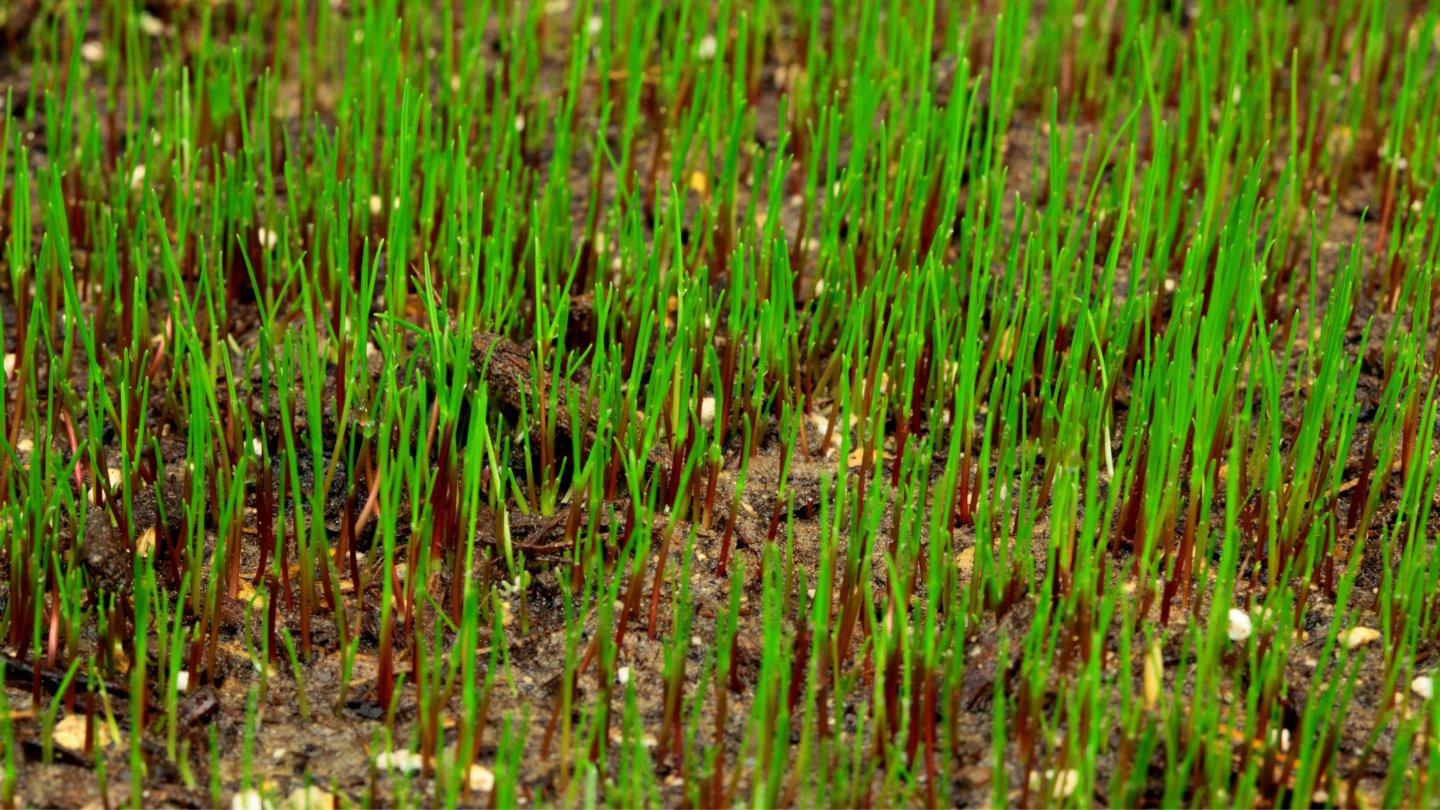
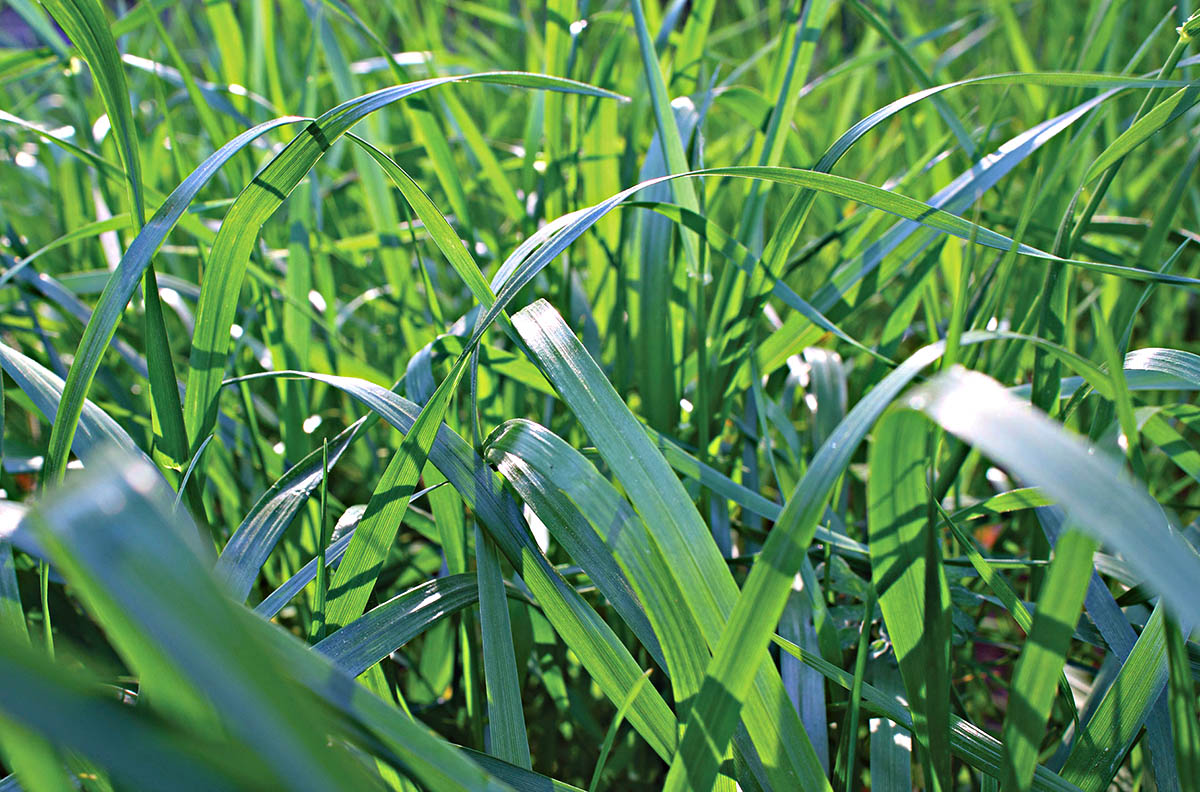
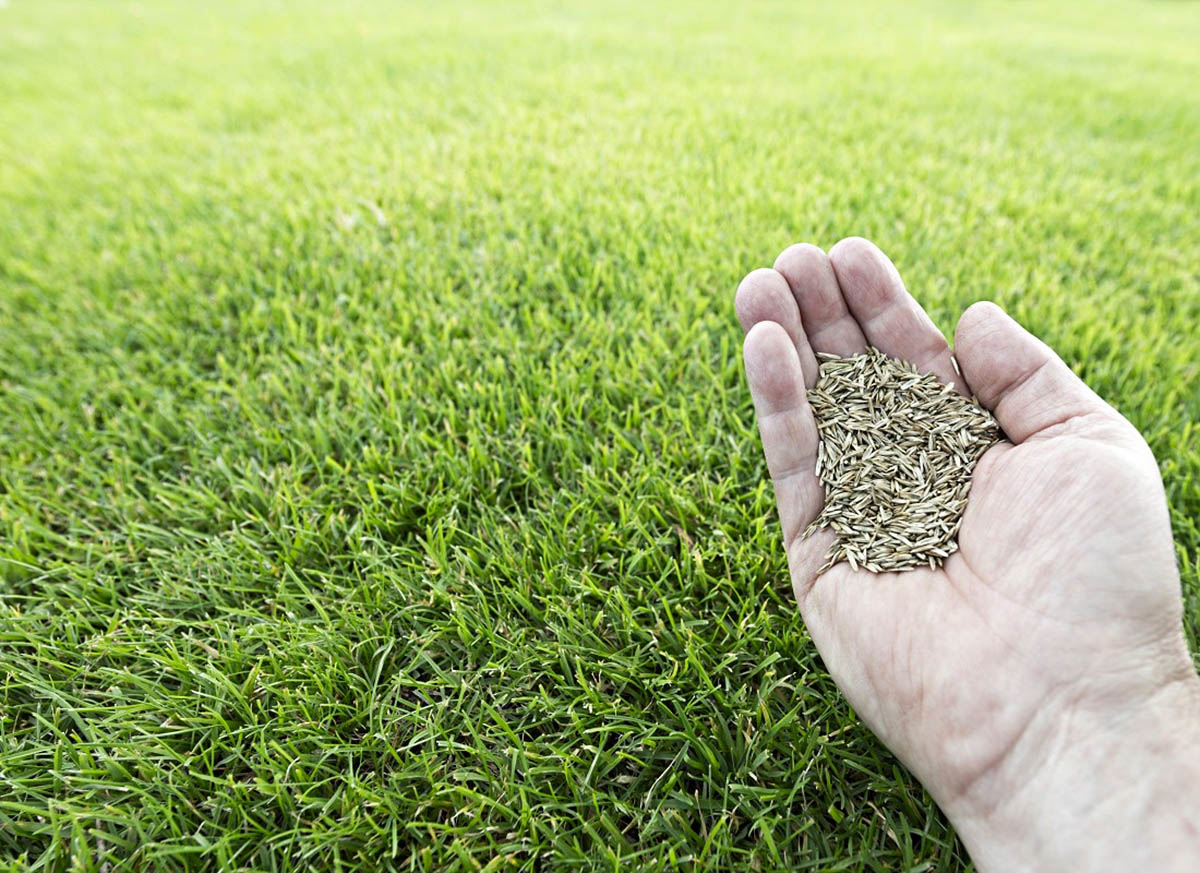
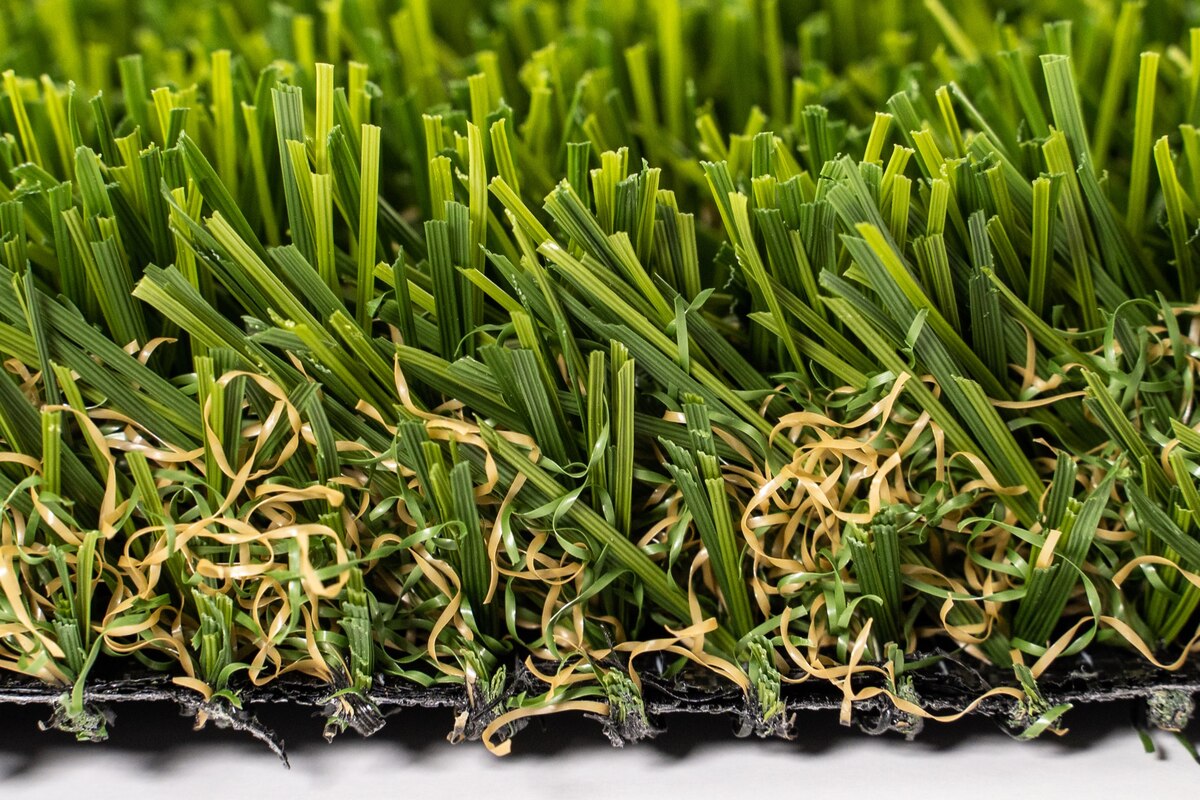
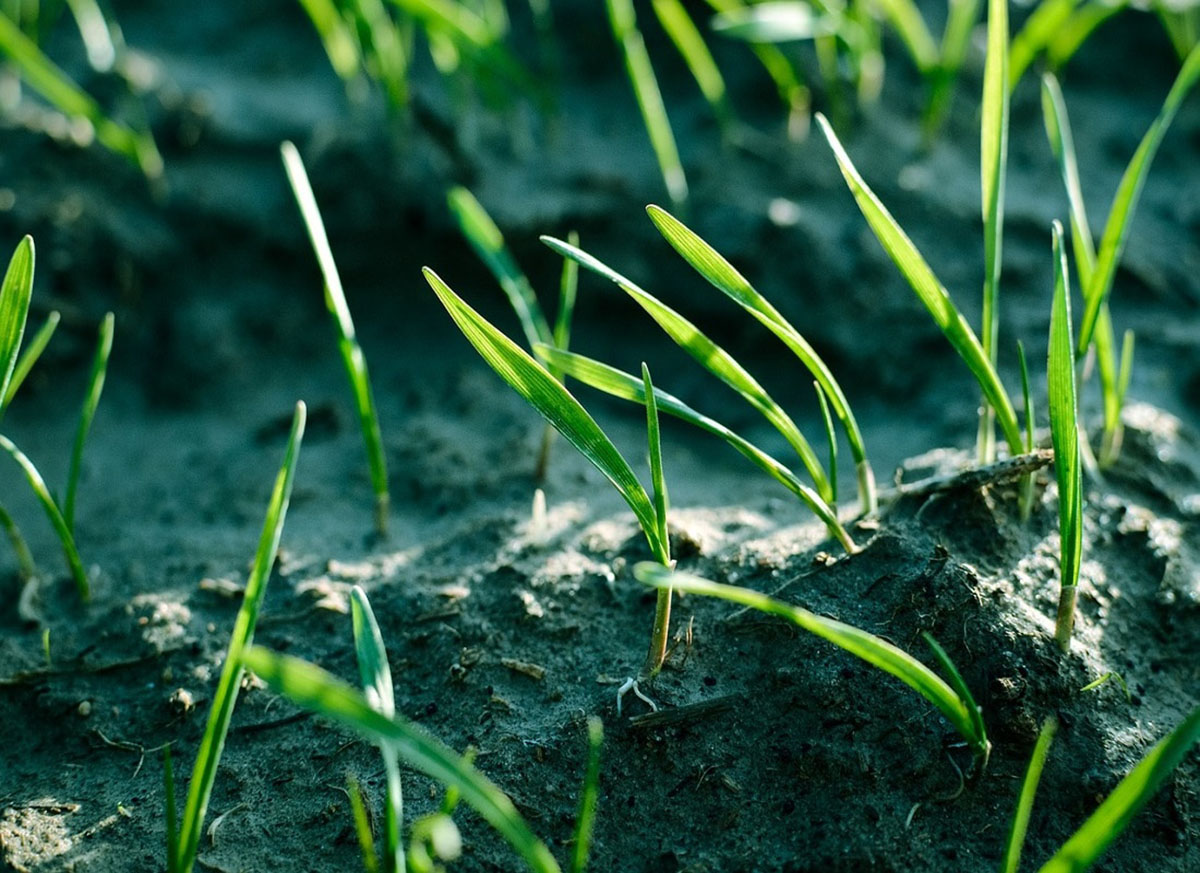
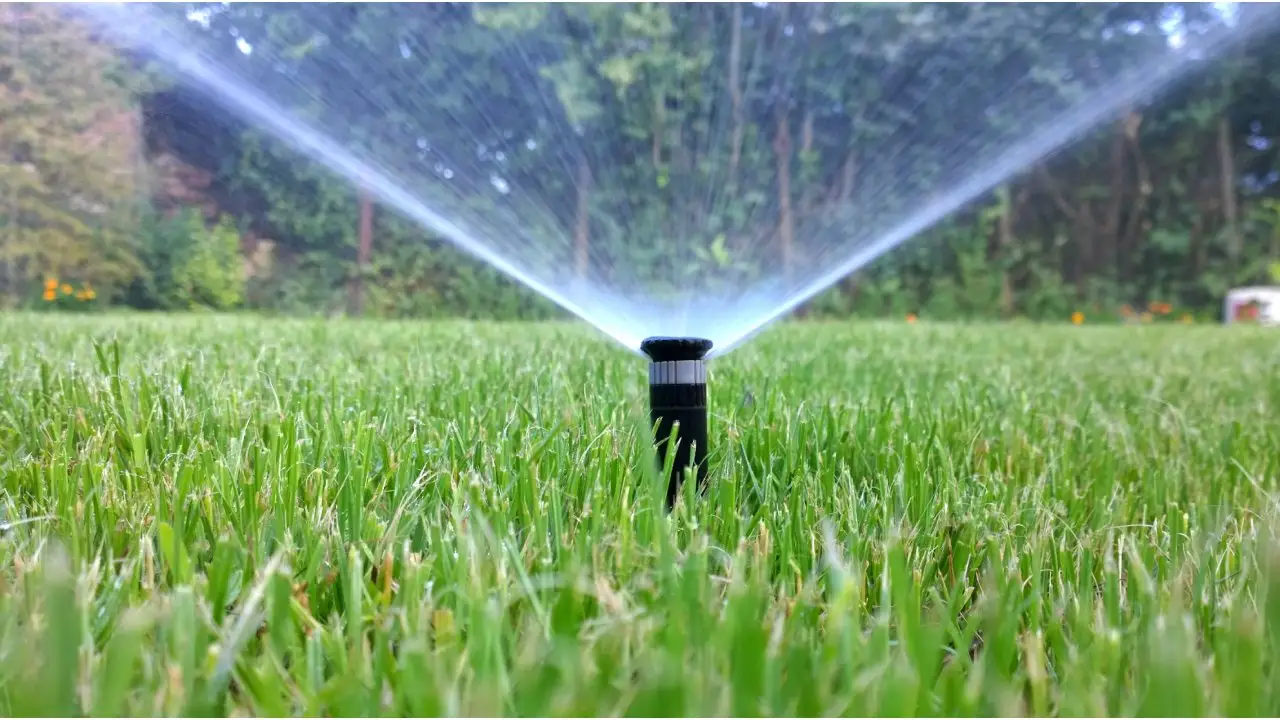

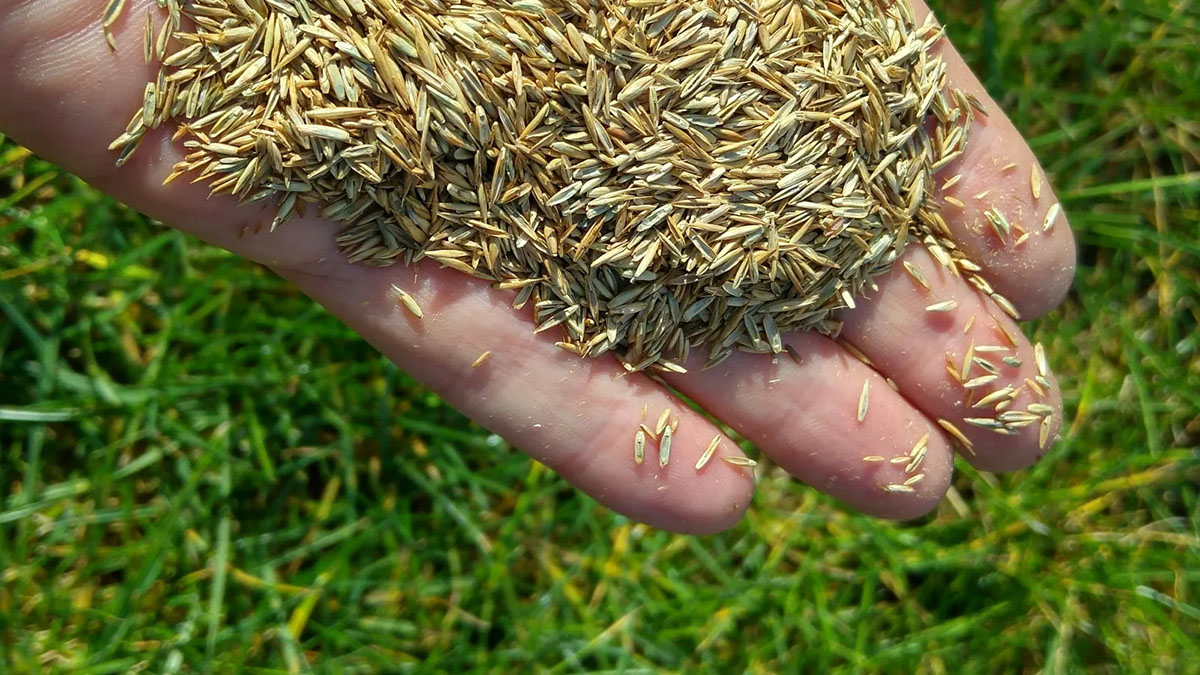


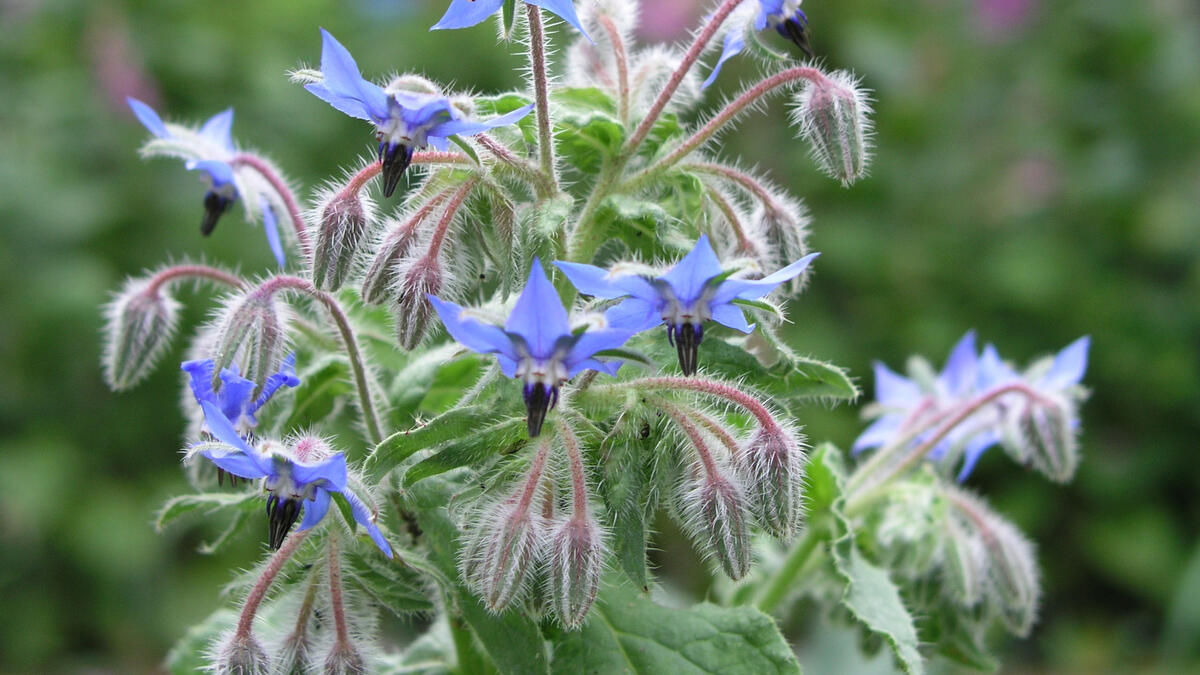


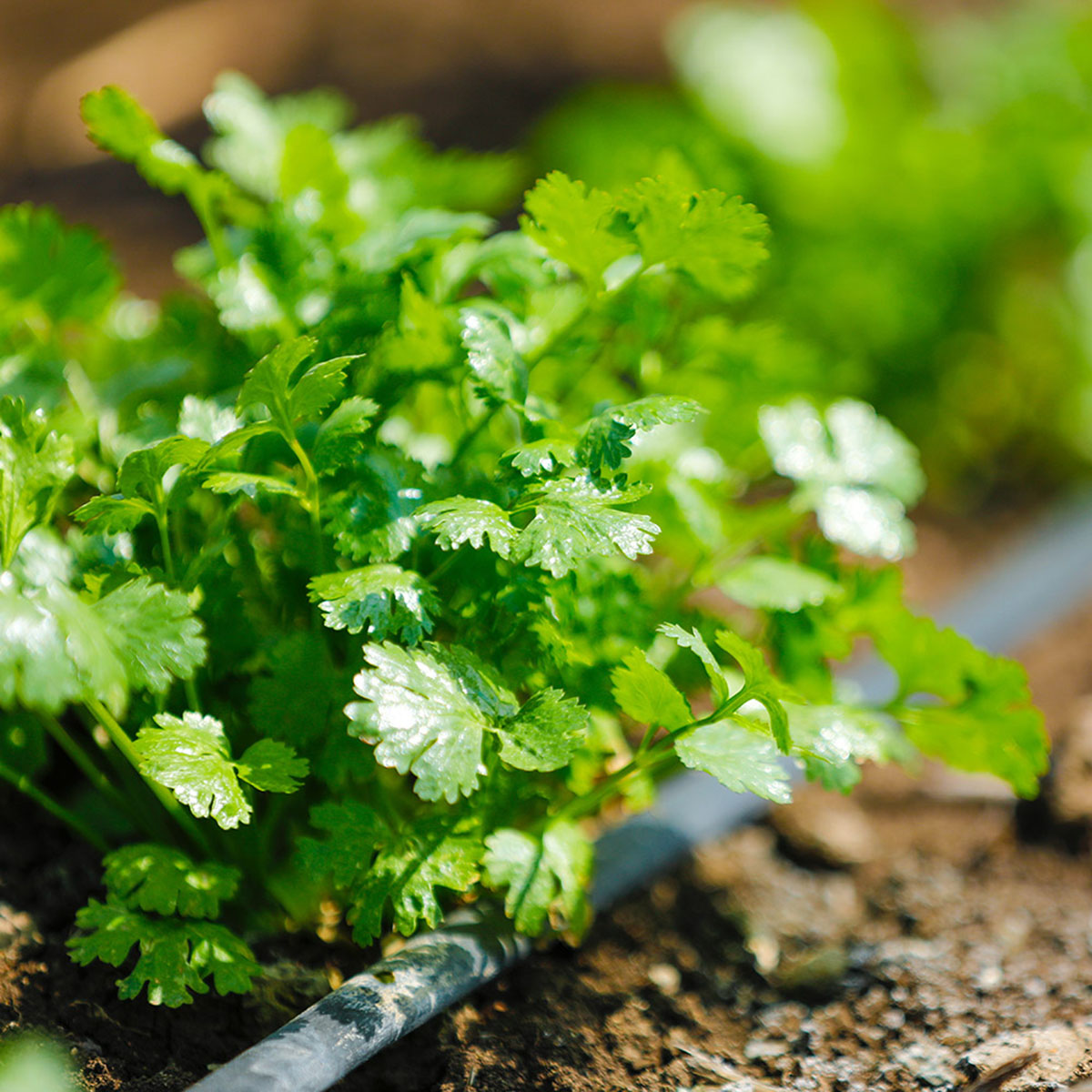

0 thoughts on “How Long For Sheep Fescue To Germinate”